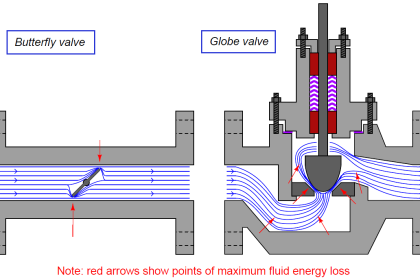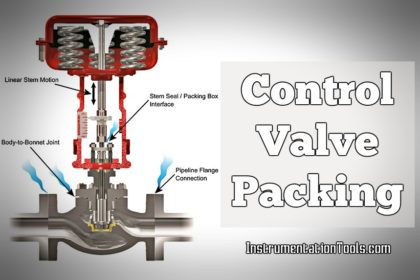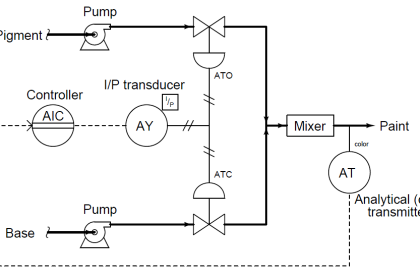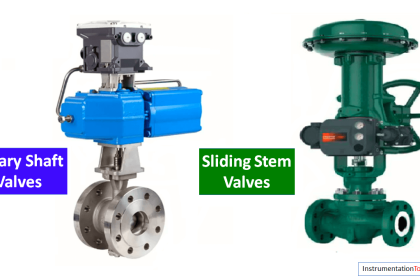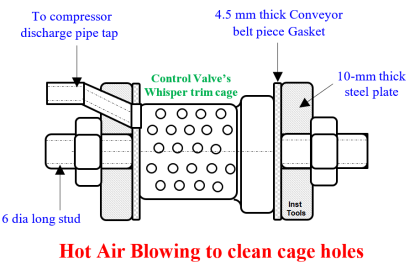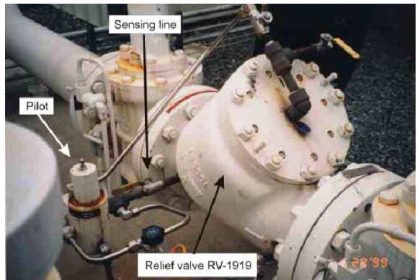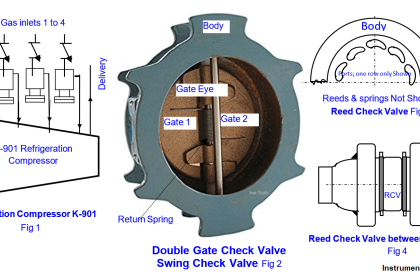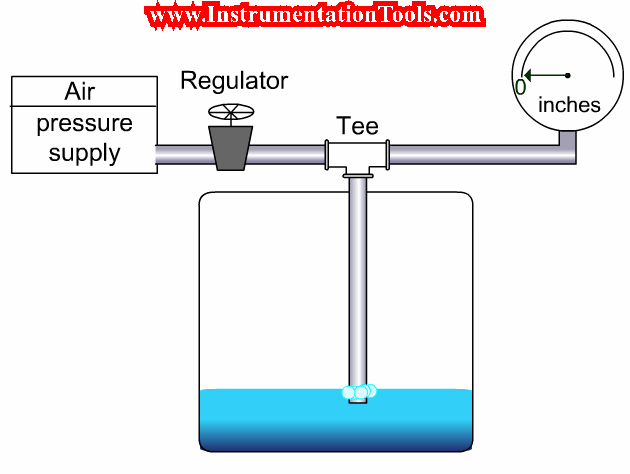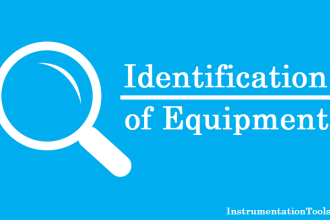The Gate valve is a linear actuating valve used as flow isolater in a fluid pipeline. As the name says the gate valve, a flat circular or rectangular plate acts as a ‘gate’ in a pipeline. We call this plate as disc ,gate or wedge.
When the valve actuates down the gate slice the fluid to total shut off .
Basics of Gate Valves
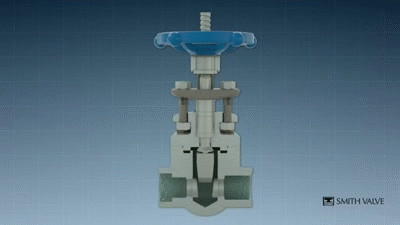
The disc can moved up fully into the upper portion of the body and results no hindrance to the fluid flow cross section area. This makes the valve full open with very less pressure drop.
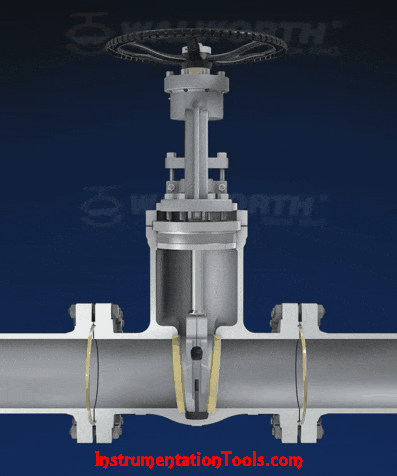
Gate valves (also known as knife valves or slide valves) are linear motion valves in which a flat closure element slides into the flow stream to provide shut-off. They are one of the most common valves used.
Gate valves use linear type of stem motion for opening and closing of a valve. These valves use parallel or wedge shaped discs as closure members that provide tight sealing.
Best Suited Control: Quick Opening
Recommended Uses:
- Fully open/closed, non-throttling
- Infrequent operation
- Minimal fluid trapping in line
Advantages :
- High capacity
- Tight shutoff
- Low cost
- Little resistance to flow
- Ability to cut through slurries, scale and surface build-ups
- Provide unobstructed flow paths that not only provide high flow capacity (Cv), but even allows slurry, large objects, rocks and items routinely found in mining processes to safely pass through the valve.
Disadvantages :
- Poor control
- Cavitate at low pressure drops
- Cannot be used for throttling
- Relatively low pressure limitation – general pressure limitations are 150 psi at maximum.
Applications :
- Suitable for oil, gas, air, heavy liquids, steam, non-condensing gases, abrasive and corrosive liquids
- Sizes available range from standard cast configurations as small as 2″ to special fabricated valves exceeding 100″.
- Standard cast configurations have ASME 125/150 bolting patterns and are rated at 150 psi.
